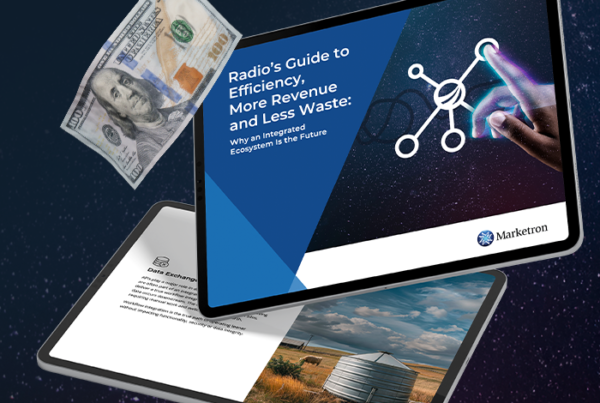The performance of advertising campaigns rests on many factors — targeting, tactics, audience, industry and creative all play a role. In the realm of programmatic, another component could be causing lackluster results — the quality of your DSP (demand-side platform) inventory.
It’s not something many advertisers would ask about, and it may not be on your radar either. However, the reality is that not all DSP inventory is the same. In this post, you’ll learn how to evaluate where third-party digital appears and why you may need to consider switching to a different network.
What Is a DSP?
A DSP is a platform linked to third-party digital sales technology that allows for real-time bidding for ad space on websites from various publishers. It enables quick and easy placement of display ads. Behind this placement are the targeting parameters of a campaign, which can include demographics, geography, interests or users’ previous interactions.
Many DSPs are available for programmatic advertising, but they don’t all provide the same quality of inventory. So, how should you evaluate DSP inventory, and what are the signs that the quality may be a problem?
Evaluating DSPs and Their Quality
Some industry experts think DSPs have a “junk” problem fueled by vanity metrics that don’t align with actual performance. These may include impressions, click-through rate (CTR), cost per click (CPC) and video completions. These are key metrics that any digital ad campaign tracks and measures, but using them as the only way to evaluate the quality of a DSP can be misleading.
For example, some sites have such aggressive pop-ups and ads that consumers may accidentally click on them. It’s not a click that will lead to a conversion, so it’s not accurate. It’s more of a user experience issue. Another example would be sites that use a lot of clickbait headlines to create traffic. Users who click these headlines will quickly realize the content wasn’t as advertised and bounce from the site. Most advertisers wouldn’t want ads to run in either of these scenarios.
Here are some other areas for assessment:
- How diverse is the DSP’s ad inventory? This could be critical to campaign performance, depending on the audiences you want to attract.
- What’s the scalability of the inventory? Scale means more opportunities exist to reach specific audiences, and many DSPs won’t pass this test because they are too niche.
- Can it accommodate restricted categories? Restricted categories are a growing part of local media revenue. You’ll need unique and compliant DSPs to be able to run ads for things like cannabis.
- What ad formats can you use? DSPs support various types of ads and can have the ability to optimize formats, so it’s something to consider.
- How does the DSP handle ad fraud? Digital ad fraud is a big problem that translates to wasted spending and could harm a brand. You want to work with DSPs that have protocols and practices to prevent it. Check out our white papers on the topic for more information.
- How is the DSP taking steps to address the deprecation of third-party cookies? Some DSPs depend highly on third-party cookies for targeting, but Google will phase those out in 2024. DSPs need a plan in place for what will replace it. Find out how our partner DSP is addressing this by listening to our recent podcast on the topic.
How Can You Feel Confident in the Quality of a DSP?
When launching a campaign within your third-party digital platform, you don’t choose individual publications for the ad to serve. It’s an automated workflow based on targeting parameters. The quality question has many factors.
Transparency
DSPs that say they are transparent offer 100% deliverability, so you get a report on every ad impression. This differs from those that only provide estimated impressions, which can be inflated. It also means the DSP won’t deliver ads to low-quality inventory simply to fulfill the ad goals or lower its standards to increase margins.
Brand Safety
A high-quality DSP typically works with cybersecurity and verification partners to prevent fraudulent impressions, unverified traffic and undesirable content. It allowlists and blocklists its inventory to ensure that your customers’ ads are delivered on the most reputable sites and blocked from disreputable ones. You and your advertisers would have access to site lists.
The Dangers of Low-Quality DSPs
Low-quality DSPs can have a negative impact on ad performance and relationships with your customers. If an ad pops up on a clickbait site, an advertiser’s brand could suffer reputational harm. You may also see high clicks but low conversions, which can happen in situations explained above with ad-heavy sites.
DSPs that don’t manage or monitor quality will buy spots on sites just to hit impression numbers, and the pricing may be volatile and hard to predict. All these things could create discrepancies in reporting and cause advertisers not to renew. Your media company needs to feel confident about its DSP quality so you can be accountable to advertisers.
Worried About Your DSP Quality?
We’ve peeled back the layers of programmatic ad buying and DSP inventory. You now know what questions to ask and how to assess them. If your current provider isn’t measuring up, it’s time to look for other options. Find out what else you should be looking for in a third-party digital partner to learn more.






